After a visit to the Brooklyn Children’s Museum in 1925, founded The Children’s Museum of Indianapolis (TCM) with the help of other like-minded civic leaders. With no collections or staff, the museum made its first home in the carriage house. Early collections were donations from school children and their families.
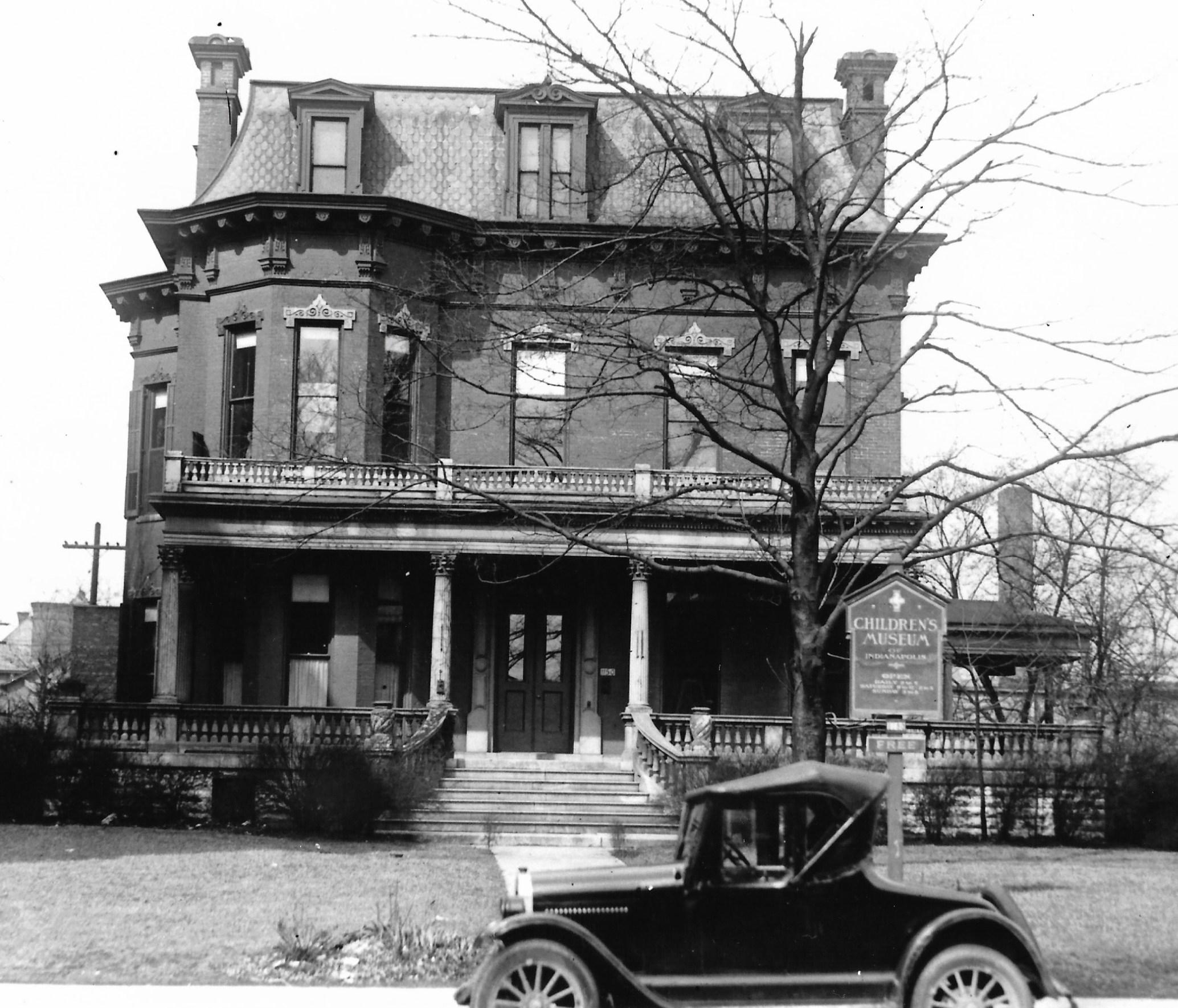
Searching for a more permanent and spacious location, the museum moved to the Garfield Park community house in 1926, and the following year to the Carey mansion at 1150 North Meridian Street.
The museum hired its first curator-director, Arthur Carr, in 1926. During his tenure (1926-1942), the growing collections focused on natural history and social culture and eventually filled the entire Carey mansion. Permanent exhibits included the marine, pioneer, Japanese, archaeology, and natural history rooms, as well as a small nature study library.
Programming through the 1930s included guided school tours, traveling classroom exhibits, after-school activities, and a few special events and programs such as summer Prairie Treks (1930-1947) to collect nature specimens.
Upon Carr’s retirement, assumed directorship of the museum from 1942 until 1964. She brought financial stability to the institution by cultivating the support of the , pharmaceutical executive and philanthropist and his wife Ruth Allison Lilly, and the , as well as by implementing a corporate sponsorship program. The museum also purchased its first building in 1946, the Parry mansion located at 3010 North Meridian Street.
Golden steered the museum toward more active collection policies, no longer relying only on local donations. Solicited additions included a large collection of Indian and other local artifacts (1947), the mummy Wenuhotep, on permanent loan from the University of Chicago (1959), and a mid-19th century log cabin (1961).
Golden also encouraged exhibits and school lending programs. Permanent exhibits in the new building focused on natural science, pioneer life, and ethnography. Subsequent building additions created the Prehistoric Gallery (1949), Transportation Gallery (1960), and Hall of Man (1962). A Junior Docent program, two weekly television shows, and interpretive activities added to the museum’s repertoire.
succeeded Golden as director in 1964, staying until 1982. Compton ran the museum more like a business, implementing long-range planning and cost-effective services. She prepared the museum for accreditation to the American Association of Museums by standardizing records, storage, and conservation procedures.
She also waged a highly visible public relations campaign in 1965 to attract a wider audience and a larger financial base. Boosting museum attendance and exposure were the installation of a Physical Science Gallery (1967), the Reuben Wells steam engine (1968), a Model Train Gallery (1970), and more rotating special exhibits, as well as the Museum Guilds annual Haunted House.
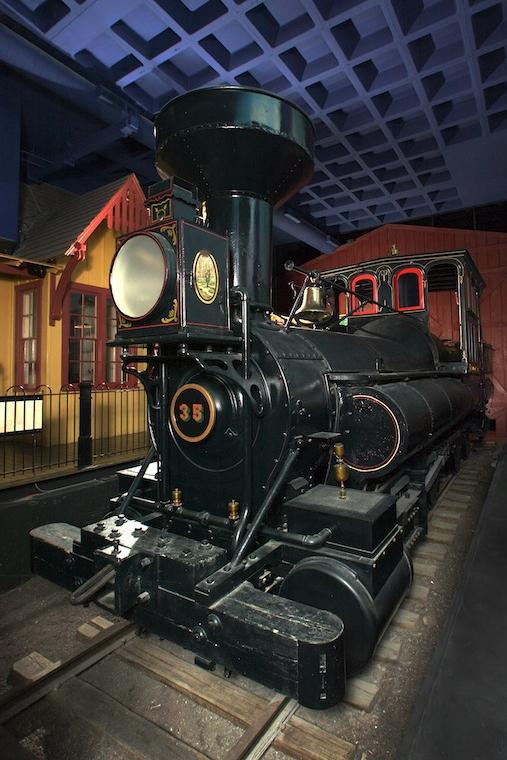
A successful $8.78 million capital fund drive in 1973 (over $500 million equivalent in 2020) permitted the razing of the Parry house facilities to make way for the core of the present building. Completed in 1976, the new facility, designed by Indianapolis architects , included modern collections, design, and conservation facilities as well as a separate schoolchildren’s area.
The design was marked by its massive, blocky style characteristics of Brutalist architecture. It “lacked ornament” and included “flat brick planes.” Interior ramps connect each story of the building and are wrapped around a central light well.
In addition to more than doubling the exhibit space, the new building also included classrooms, administration offices, and the 350-seat Ruth Allison Lilly Theater. Included in five floors of exhibits were a real mastodon skeleton, the fully operational 1917 Carousel, and a simulated cave.
The 1980s witnessed continued growth, much of it under a new director (1982-1999). In 1982, TCM added programming at Ritchey Woods, a State Nature Preserve owned by the community of Fishers. TCM hosts seasonal nature education programs at Ritchey Woods in partnership with the Indiana Division of Nature Preserves. The museum also added a restaurant and outdoor garden gallery (1983) and received the 50,000 item Caplan folk art and toy collection a year later, which almost doubled the size of its holdings.
A $14 million expansion project, begun in 1987, resulted in a new atrium entrance and Welcome Center (1988), a 130-seat SpaceQuest Planetarium, additional classroom and temporary exhibit space (1989), and the Eli Lilly Center for Exploration (1990). TCM also added innovative exhibits and programming with galleries that included computers, hands-on activities, and artifact-based exhibits focusing on physical and natural sciences, history, foreign cultures, and the arts.
The Youth Advisory Council, previously the Junior Board of Advisors, was revived in 1986 to allow child members to participate in museum programming. CFX, opened in 1990, sponsored the first news bureau in the Midwest staffed by teens, which wrote the weekly “Children’s Express” page in the . The museum’s offerings were not the only thing to grow. By 1992, TCM attendance rose to approximately 835,000 visitors annually.
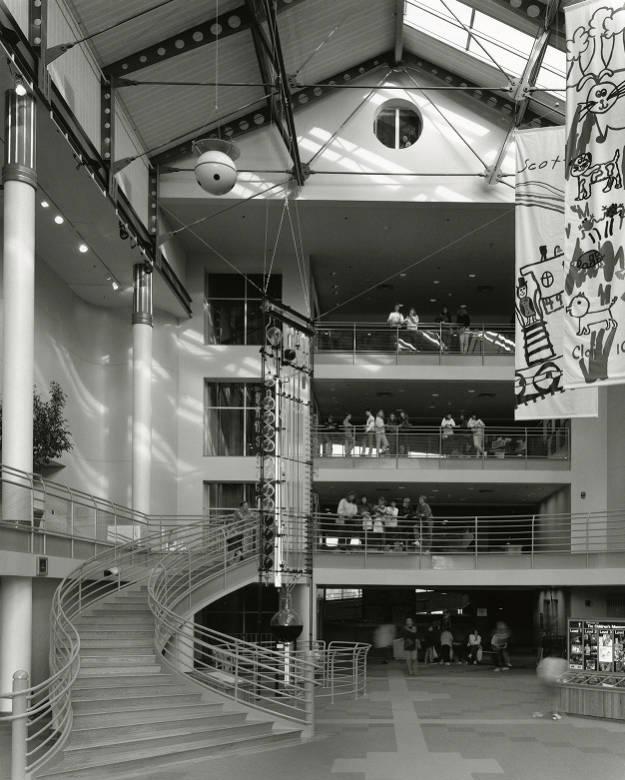
In what has become a long-standing tradition of constant improvement and innovation, TCM continued adding new experiences throughout the 1990s and 2000s. A museum library was first opened in 1993. In 1996, TCM opened Festival Park (a special events space) and a newly expanded ScienceWorks.
The CineDome, a large-format movie theater designed by local architects and the first of its kind in Central Indiana, opened in 1997. In 1998, noted Indianapolis architect designed a new entrance hall for the museum. That same year, the museum also added the Water Clock created by French physicist and artist Bernard Gitton. The clock, which stands next to the museum’s grand staircase leading to the second floor, is the largest of its kind.
Sterling retired in 1999 and handed over the reins to Jeff Patchen. Shortly after Patchen became president and CEO, TCM performed an economic impact study to examine the museum’s financial impact on Central Indiana. The study found that the museum contributed $37.6 million to the local economy. In December 2000, nearly a decade following the opening of TCM’s library, it partnered with the to turn it into Infozone, the first public library branch in a museum.
By the early 2000s, The Children’s Museum again needed more space. Its Power of Children Campaign in 2003 raised funds for several expansions to the museum and improvements for the neighborhood, and it hired another Indianapolis-based firm RATIO Architects to create a new campus plan. As part of this plan, the CineDome was converted to the Dinosphere (2004) and the iconic Alamosaur sculptures–two life-sized Brachiosaurs that seem to push the roof off to peak inside—were added to the building.
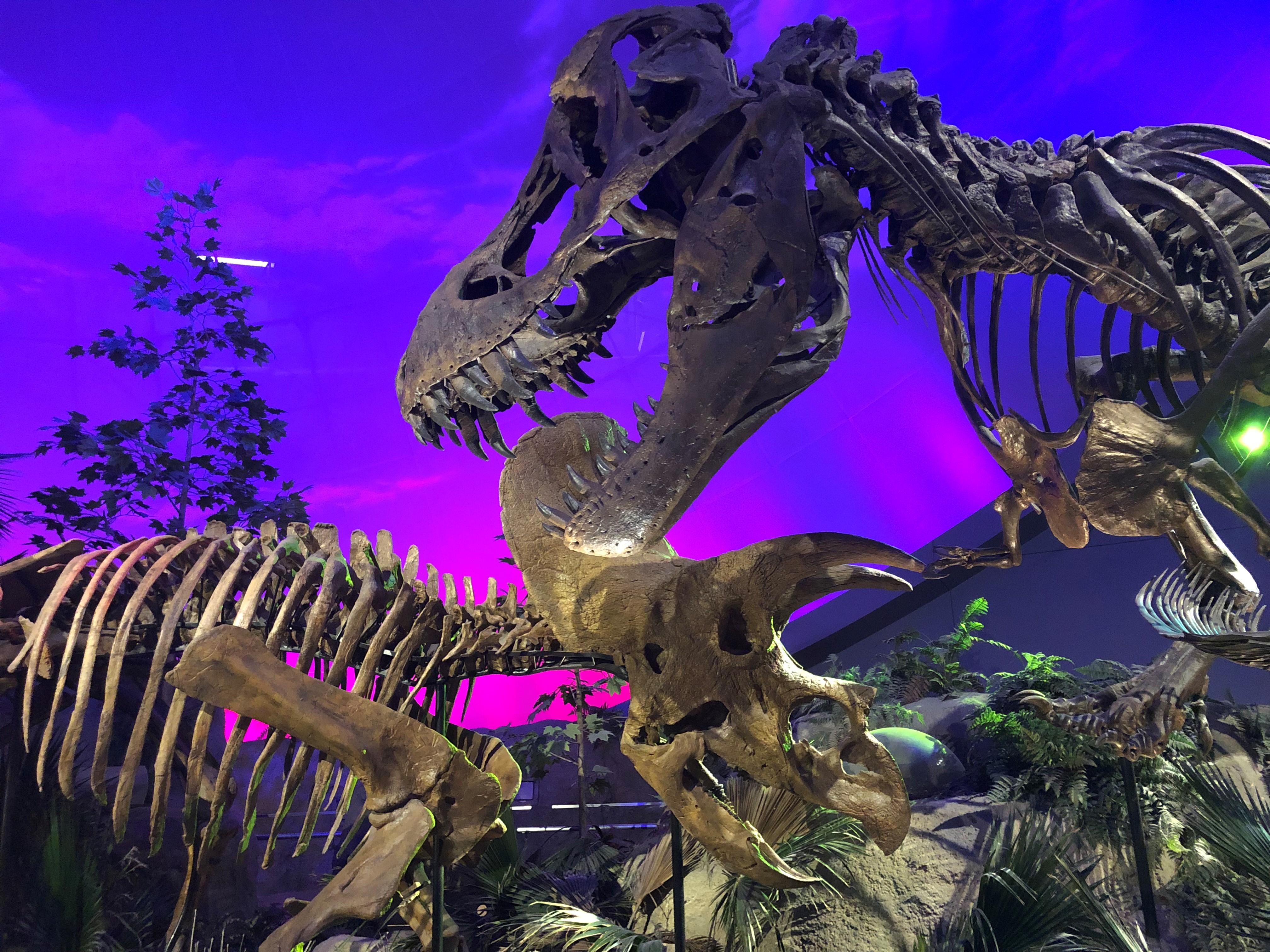
The DinoSphere transports museumgoers to the land of the dinosaurs. They can see and touch real dinosaur fossils and watch paleontologists at work in the TCM Jurassic Paleo Labs. In connection with the Dinosphere, TCM funds Mission Jurassic, a $27.5 million project that provides the opportunity for 100 scientists from 3 countries to explore and excavate a fossil-rich dinosaur dig site in Wyoming.
In addition, the parking garage was added, dining was expanded and funds were put into neighborhood projects. Phase two of the campaign was completed in 2009. This included the new welcome center, elevated skywalk, several renovations, and 4 new exhibits: Fireworks of Glass, a 43-foot-tall colorful glass sculpture by renowned glass artist Dale Chihuly (2006); The Power of Children, which highlights the difference that children can make in the world (2007); Take Me There Egypt, providing cross-cultural perspectives to young museumgoers (2009) (replaced with Take Me there China in 2014); and Treasures of the Earth, exploring ancient history (2011).
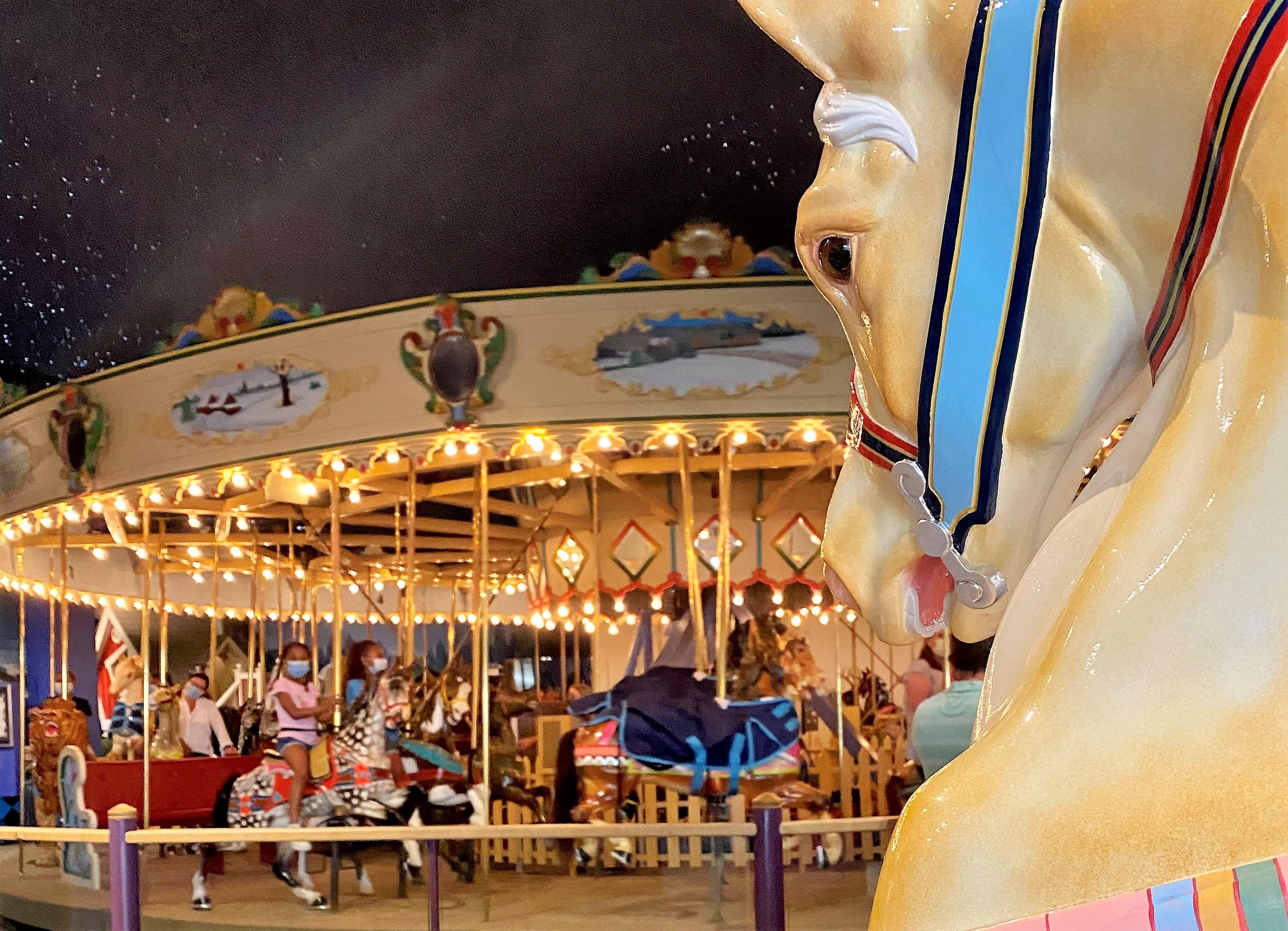
TCM initiated the Power of Children Awards in 2005. The program recognized kids (grades 6 through 11) who were making a difference in their community, awarding them with grants and scholarships. While initially focused on Indiana youth, it grew to become a nationwide program. Another youth-oriented program began in 2010 with the opening of TCM’s preschool. The preschool was for 3-5 year-olds and offered 2 or 3 half-day sessions that provided unique learning experiences in the galleries.
The Power of Children Exhibition, which initially included AIDS activist and Indiana native , civil rights activist Ruby Bridges, and holocaust victim Anne Frank, in particular, has received critical acclaim among museum professionals and earned a 2009 American Association for State and Local History “award of merit.” Malala Yousafzai, a human rights activist and the youngest Nobel Prize winner, was added to the exhibit in 2014.
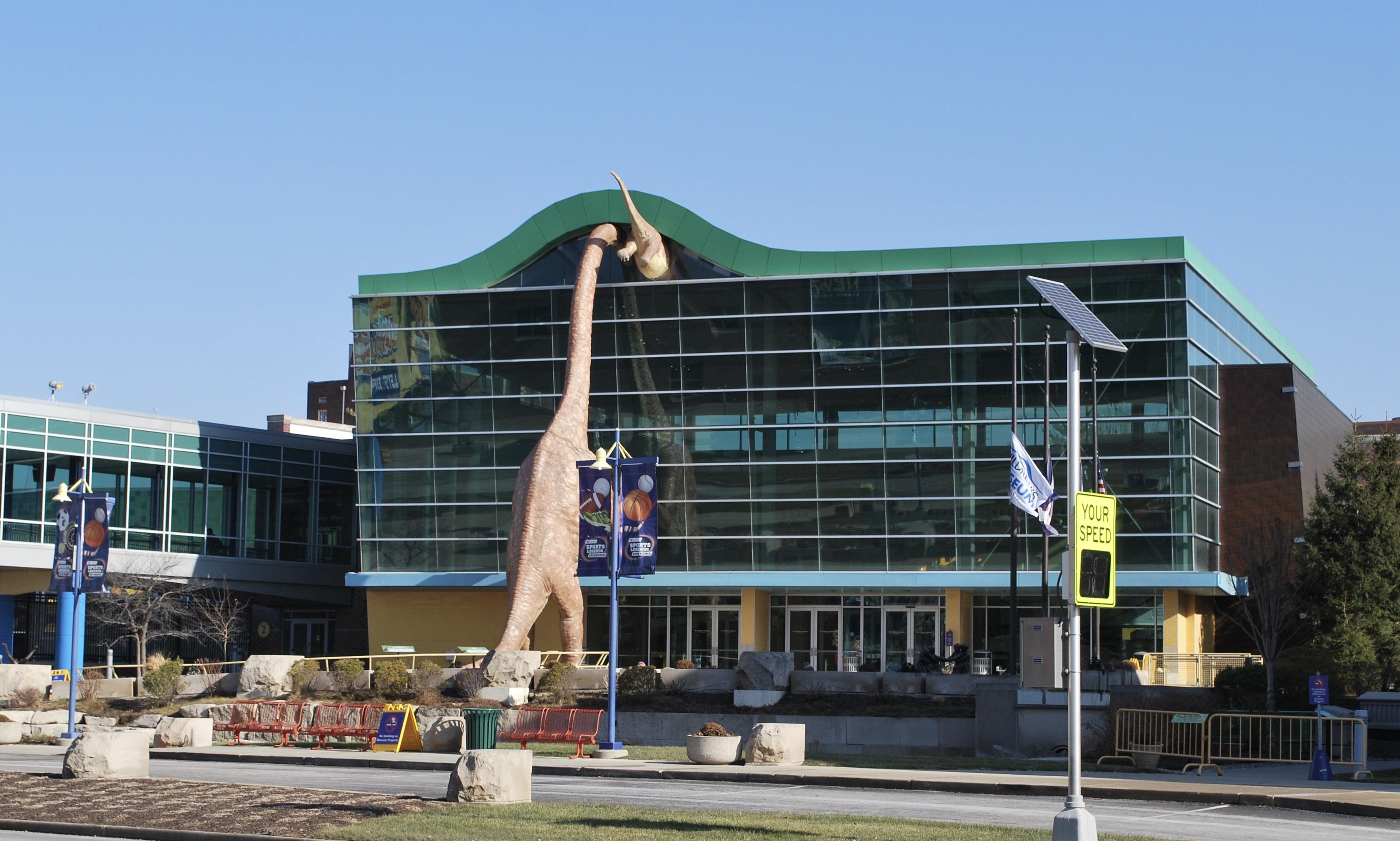
In 2011, a new economic impact study revealed figures that had nearly doubled since 1999—from $37.6 million to nearly $66 million. Throughout 2011 and 2012, TCM put $3 million into its surrounding neighborhood. The museum worked with neighborhood groups to revitalize housing, upgrade streets, and take other steps to improve and enhance the quality of life for area residents and businesses. It also offered free museum memberships to neighborhood families, an affordable summer camp for area students (StarPoint Summer Camp), and scholarships to the museum’s preschool program.
In addition, the museum entered into a public-private partnership with the City of Indianapolis, TRex Enterprises (formed by TCM), and TWG Development to build the Illinois Place Apartments on the former Winona Hospital site in 2013. As a result of TCM’s commitment to its community, the museum was awarded the National Medal for Museum and Library Service in 2014.
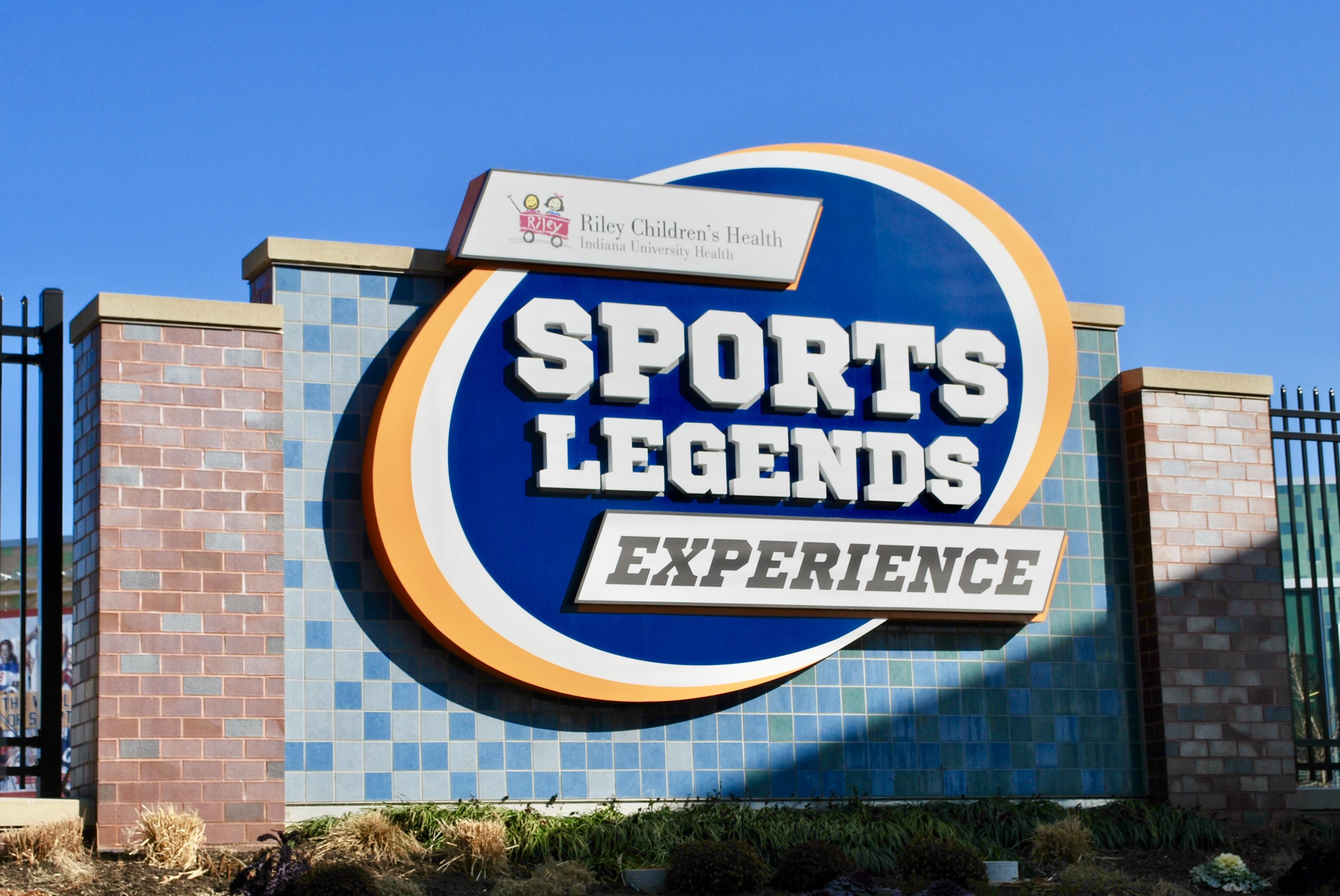
A large outdoor expansion to TCM’s 30-acre campus, the Riley Children’s Health Sports Legends Experience, was completed in 2018. The $14 million project provided outdoor, sports-related experiences such as golf, basketball, football, and more. As another part of this project, the , which had been housed at Bank One Tower (Salesforce Tower) and then at IUPUI since moving to Indianapolis in 1991, gave its entire collection to the Children’s Museum and dissolved. Its collection is housed at the Efroymson Pavilion in the Sports Legend Experience.
On September 17, 2022, TCM opened an exhibition on Emmet Till, the 14-year-old boy whose 1955 murder sparked the Civil Rights Movement. The “Emmett Till & Mamie Till-Mobley: Let the World See” exhibit aims to bring attention to widespread racism that continues to exist today by highlighting stories about real people from the past.
The world’s largest children’s museum, TCM draws about 1.3 million visitors annually.

Help improve this entry
Contribute information, offer corrections, suggest images.
You can also recommend new entries related to this topic.




